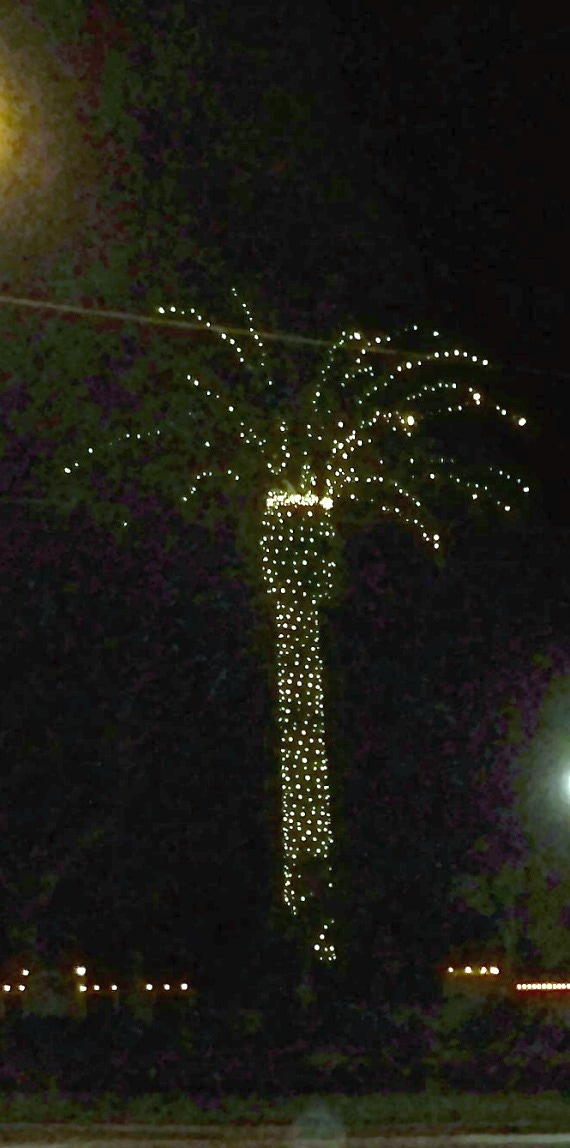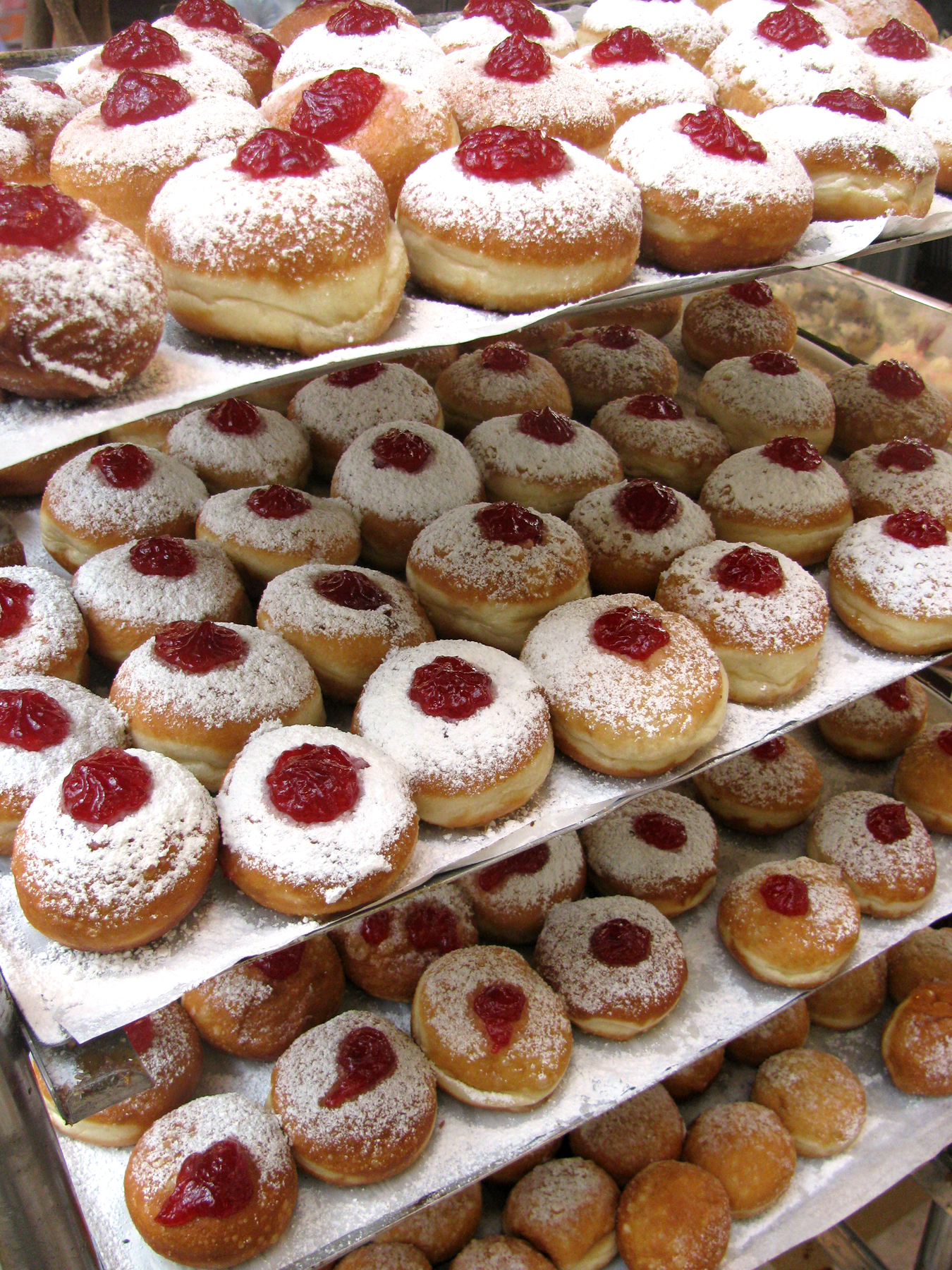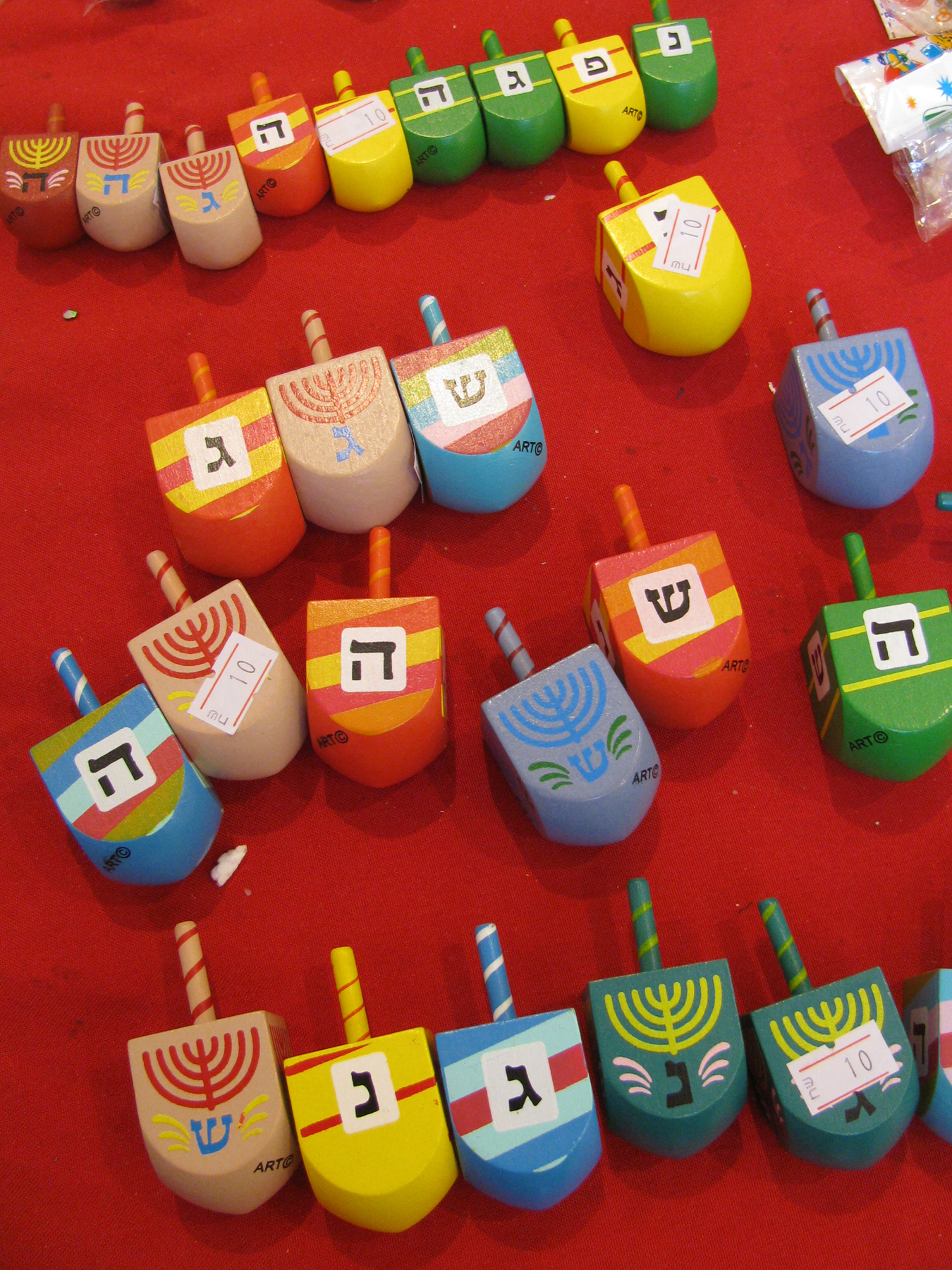CHRISTMAS & THREE KINGS DAY
Argentina, South America
Coming from the UK we celebrated Christmas on 25th December with the Traditional Christmas dinner of Turkey and vegetables, pulled crackers and opened presents.
In Argentina however, Christmas is celebrated on the evening of the 24th.
Families get together to eat a traditional BBQ of meat or chicken together with side dishes of different salads and grilled vegetables.
 |
| La Parrillada (Traditional BBQ) |
Personally, I still cook a turkey and we eat it cold with salad, usually outside unless it is too hot, which it often is. We do not eat the traditional Christmas pudding and Christmas cake and mince pies but enjoy the Panettone, which is a sweet, yeasted bread full of nuts and dried fruit. The Panettone know here as pan dulce (sweet bread) was brought to Argentina by the Italian immigrants and has become a big part of the Christmas tradition here.
 |
| pan dulce |
I usually go to the British Embassy Christmas fair just before Christmas where I can buy crackers, Christmas cake, mince pies, etc. and listen to carol singers.
As it is a Catholic country, many people go to midnight mass after dinner then come home to open presents and continue the celebrations. A big part of Christmas here is on the 24th and 31st. People let off fireworks until early hours of the morning. It is also common to see globos (paper balloons). the globos are lit inside and float up high into the sky.
 |
| globos (paper balloons) |
The Christmas celebrations go on until January 6th which is the Three Kings Day and celebrate the Magi taking gifts to baby Jesus.
In Argentina the children leave their shoes outside the door of under the Christmas tree the night before so that they can be filled with presents. So children receive presents on the 24th December and on January 6th.
Christmas decorations in Argentina are Christmas wreaths on the front doors, Christmas trees and some Christmas ornaments. Christmas card giving is not common here and it is not common to see the towns lit up with lights and decorations either.
Photo credits:








